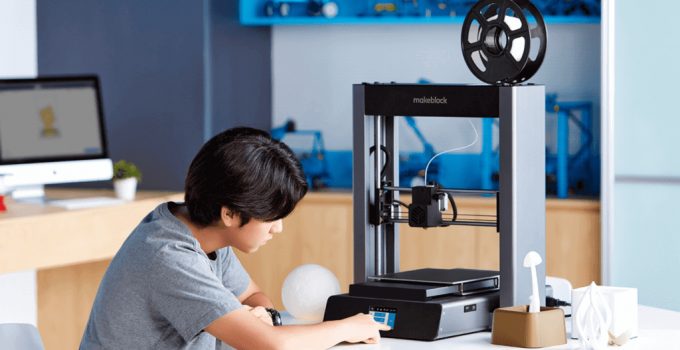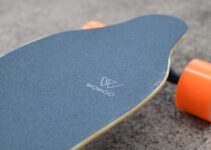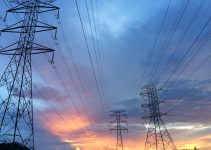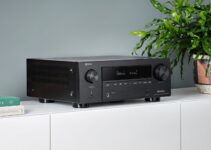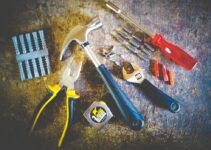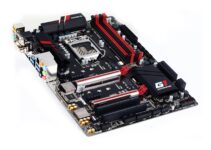Living in the modern age of technology comes with some truly amazing and science fiction like stuff. Who would have guessed that we would be able to create things at our homes seemingly from nothing? That is on par with godlike abilities or superpowers. All joking aside (or not?), technology has made the world a much better and more fascinating place especially for the people who are creative. Thanks to the invention and wider adoption of 3D printers, you are now able to create whatever you can think of as long as the printer you have can do it.
But wait, what’s that? You do not have one because you are unsure of which one to get or how to buy one in the first place? You have no idea what to look for when buying one at all? No worries, we are here to help you get the best model for your needs. In this article you will learn all about these magnificent machines as well as what to look for when buying one. Most importantly, you will have all the info on how they work and knowledge about their differences. If you wish to learn even more and check out one of the best places to buy the printers, check out 3dstore.dk.
1. Different Types
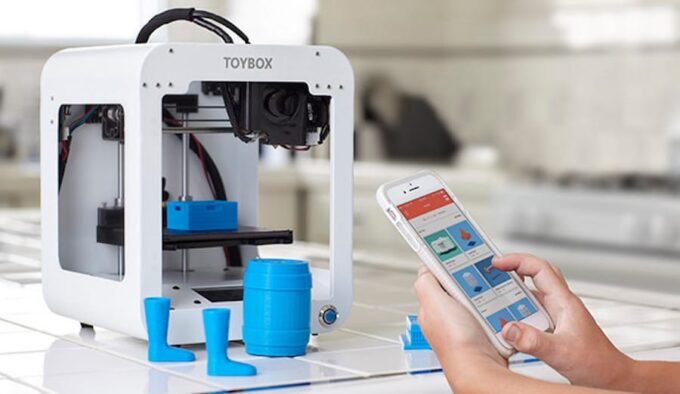
Source: fabbaloo.com
First and foremost, you must know about the different types of 3D printers. They all do the same thing in the end but there are major differences in how they do it. First, there are fused deposition modeling (FDM) printers. They heat and extrude plastic in order to create the models. During this process the model you want is made by multiple layers of material. Stereolithography models also work by layering the plastic to create a model, but they do not extrude it. Instead, they use ultraviolet light and harden the model from liquid state. Finally, there are selective laser sintering (SLS) printers that are similar to stereolithography. However, instead of the UV beams, they rely on powders and lasers. The laser melts the powder and then creates the layer.
2. You Can Build Your Own
As crazy as it may sound, you can create your own 3D printer. Despite being quite high techy in theory, there are multiple ways in which you can assemble your own model. Numerous online schematics and guides exist and it can actually be cheaper than buying a new one. It is time consuming and requires quite a lot of tinkering and careful planning, but it is a nice project to do with a great payoff. If you need to print straight away, buying is the logical solution. Those more interested in the tech and the know-how could attempt to build their own from scratch.
3. Prices

Source: entrepreneurhandbook.co.uk
As with most other things, prices vary greatly depending on all sorts of factors. The price is also the very thing that is preventing these devices form being mainstream that they are. These would probably be present in most homes if they were somewhat cheaper, but we will get there. Right now, be ready to part with at least $1,000 for an above-average model. Professional models are usually around $2,000 and up, while the absolute lowest tier go as low as $100. The quality will improve over time and the prices will go down, so if you are not in a rush and do not have the immediate need for one, consider waiting. Materials are also sold separately and tend to hurt the wallet.
4. Materials
We have mentioned the materials used for these printers a few times already, but now it is time to actually talk about them. Two main materials exist and they are poly lactic acid (PLA) and acrylonitrile butadiene styrene (ABS). Both of these are actually thermoplastics and they are soft and very malleable when treated with heat. When they are cooled down completely, they are frozen and able to hold their shape in full. Both are sold in kilograms, and 1 kg or 2.2 lbs. filament spool will set you back about $30. PLA is better for the environment, cools quickly, is available in a variety of colors, but bad with models than have joints and interlocks. On the other side, ABS takes longer to cool and emits fumes when being printed, but it is much better for interlocking and easier to work with. ABS models deform less under heat. The final model you mean to make determines the material.
5. Quality of Printing

Source: thefabricator.com
The main things that determine the quality of your printer are the speed and resolution of printing. The resolution deals with the amount and level of detail the machine can give the final model. It is measure in microns and the smaller it is, the more details you will notice on the objects. The speed measures how quickly the extruder is moving. The higher this speed, the faster your models will be done. Looking at the output of the printer in form of its usual models is the best way to judge the quality. There are photos and videos of most models available online. If you cannot know what quality the printer you are interested in will give you, look for another model.
6. Software Included
Not all printers come with their own, built-in, dedicated slicing software. This is the software needed for the 3D model to be given to the printer. The file you have has to be fed to the printer somehow, and this system does exactly that. Most printers come with their own inbuilt way of slicing the file. Choosing the one that does it automatically and directly is the easiest way of doing things as there is less room for error on your end. Having options and slicing the digital files on your own is intriguing for many users, but if you simply want models as easy and quick as possible, choose a model that has everything set up for you with minimal settings and adjustments needed.
Bonus Advice:
7. Check the company and its track record
8. Check the reviews and read customer feedback
9. Become a part of the community to learn more
10. Always be careful of the heat and the fumes when printing

